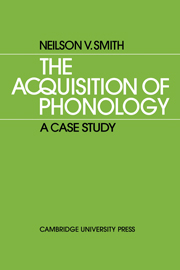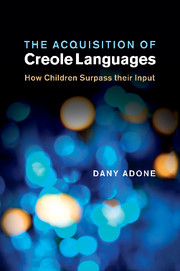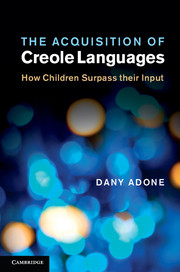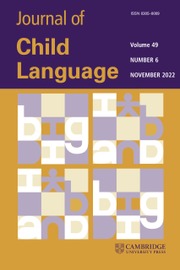The Use of Definite and Indefinite Reference in Young Children
The book presents a series of studies that probe young children's knowledge of a relatively well-defined, abstract semantic realm, that of definite and indefinite reference. Topics investigated include children's knowledge of the difference between referring to particular objects (e.g. I have a dog, which refers to a particular dog) and no particular objects at all (e.g. I don't have a dog, which makes reference to no particular dog) and their knowledge of how to account for the knowledge of their listeners in situations, e.g. in which they have in mind a particular reference but their listen does not. Because overlapping problems are investigated by a wide variety of methods, it is possible to verify more certainly the true level of children's performance. At the same time, the investigation by many methods illustrates how methodological problems may systematically affect and at times even distort our picture of development if not carefully allowed for.
Product details
June 2009Paperback
9780521113281
160 pages
216 × 140 × 9 mm
0.21kg
Available
Table of Contents
- 1. Theoretical background
- 2. Studying the acquisition of articles
- 3. A brief introduction to the design and procedures
- 4. Tests of comprehension
- 5. Stores: a description of the tests
- 6. Results from the systematic stories, imitations with expansions
- 7. Results from the miscellaneous stories: other analyses
- 8. Games
- 9. General discussion: problems in adult response
- Appendices.









